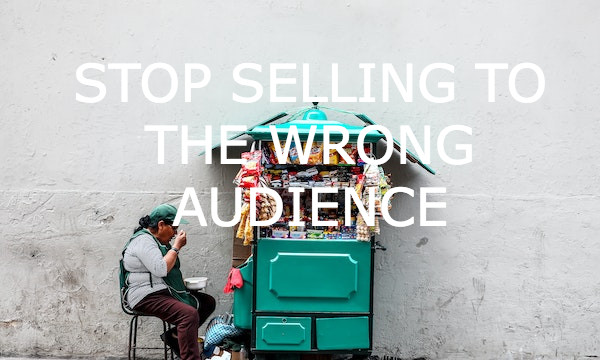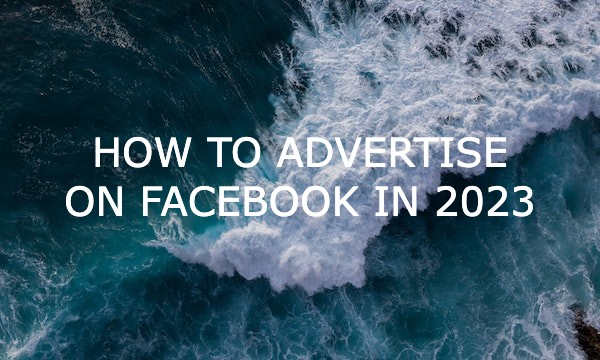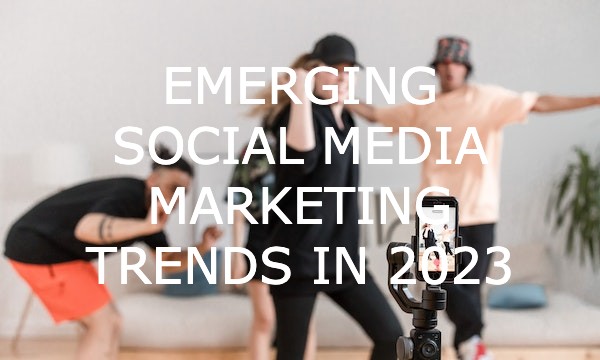It’s often hard to tell how your social media campaigns are doing. And there are so many of them. Which one should you invest in? Which one should you abandon? When you list a shopping campaign on Instagram, it’s pretty straightforward to measure how well it’s doing; you can see whether you get many clicks or sales from it. However, measuring the return when you invest in brand recognition is harder. According to Statista, 34% of marketers cannot measure the ROI of their social media marketing efforts. In this article, we will look into calculating the ROI or “Return Of Investment” of social media campaigns.
What is ROI?
First of all, ROI or “Return Of Investment”, is every marketer’s best friend. It answers the “Is it worth it?” question. The better you understand the concept, the more profitable your campaigns will be. Once you can calculate ROIs, you can detect bad-performing ads and not invest more money into them but rather scale the more profitable campaigns.
Second of all, ROI is a mathematical formula used to evaluate investments. It’s simply a measure of money gained or lost on an investment. ROI is what you expect to get back from what you’re spending as an investment. Marketing campaigns are investments that need to be measured to ensure that money is spent wisely.
How can you calculate ROI?
There is an easy formula to help you calculate a marketing ROI:
ROI = (profit – investment cost) / investment cost x 100.
You can get positive or negative results based on your campaign’s performance. Your result is a percentage; therefore, if your ROI value is more than 0 per cent, you’re making money. Anything below that means you are losing money. However, a significant ROI is 10% or more. The indicator, of course, depends on your industry, goals, competition, and other factors.
For example, you are running a campaign, and you’ve spent $10,000 on advertising, plus $5,000 on other expenses, such as the job of a copywriter and a graphic designer. You drove $20,000 in revenue. What would your ROI be? First of all, you need to calculate the total amount of your costs, which will be $10,000 + $5,000 = $15,000. Now we have all the numbers for the formula.
(20,000 – 15,000) / 15,000 = 33.3%
We found the ROI is 33.3%, which is an example of a great-performing campaign.
How do you measure brand awareness?
Some marketing campaigns are not meant to generate immediate profit but instead work on brand awareness and purchasing intent. Samsung and Coca-Cola are constantly investing millions of dollars into brand awareness. Because if you are not seen, your competitors are most likely to be. Is there a direct ROI you can measure from that? No. But is it still necessary? Extremely. Social media ROI is arguably one of the hardest to measure in digital marketing.
How do you know that brand awareness and reach are developing sales? There are secrets on how to measure it. A key thing to remember here is that you have to have a clear goal and keep track of how much you’re spending! Your spending should include advertising costs, how many hours and people worked creating your ads, and what else went into developing your content.
It would be best if you returned to your social media strategy and brought your primary goals to light. It could be awareness, reach, getting traffic to your website, gaining new followers and messages, or downloads.
Once you know what you are aiming for, it becomes easier to calculate the return. You know precisely what you are looking for and can see whether it’s working. Are you getting new followers or not? Do people share your content with their friends? Are they buying your books?
Brand awareness
Let’s say you can measure brand awareness. Firstly, the most significant indicator of brand awareness is your number of followers. Are more people following you on Twitter or Instagram? Look at the number of likes, comments, and views. You can dig in further by looking at the ‘insights’ tab on Facebook. It shows you what time of day you get more likes, what day of the week you get more shares and so on. With Instagram, you need to make sure to turn your profile into a business one so that you can also see some valuable data. In Twitter analytics, you can see the top twit, for example. Make sure to conclude from what you’ve learned, include it into your strategy moving forward and give your customers what they want!
Customer satisfaction
You can measure customer satisfaction online by listening to your customers and reading their reviews and comments. What are your customers saying about your brand when they mention you on Facebook? You also have to respond! No matter whether the review is good or bad.
Engagement rate
How do you calculate the engagement rate? You can divide the number of likes you receive on a post by the number of followers you have and multiply by 100.
Website redirects
For example, imagine running a Facebook ad that invites your customers to read a blog post about a new tool you’re offering. And, first of all, if you are doing that, you are already winning the customer loyalty game. When you advertise a blog post, rather than a product itself, you give your customers information, not just trying to sell something directly. And usually, they appreciate that. Second, you can see how many people clicked on your landing page. You can, of course, see how many liked, commented, reacted, or shared the post. That information already creates a bigger picture of how your post is doing.
However, afterwards, you can also go to Google Analytics and see more data, including how long, on average, people stayed on the webpage and where did go after. Did they leave, or did they explore your site a little more? And based on that data, you can ask yourself follow-up questions, such as, should I add a call-to-action that hasn’t been there before? Should I restructure my blog?
How can you measure social media ROI with Google Analytics?
Luckily, you’ve got this excellent service, Google Analytics, that allows you to dig deeper into your research of social media’s Return Of Investment. The steps below will help you explore what it’s got to offer and explain how to interpret the data you can see.
1. In Google Analytics, go to Acquisition, then Social.
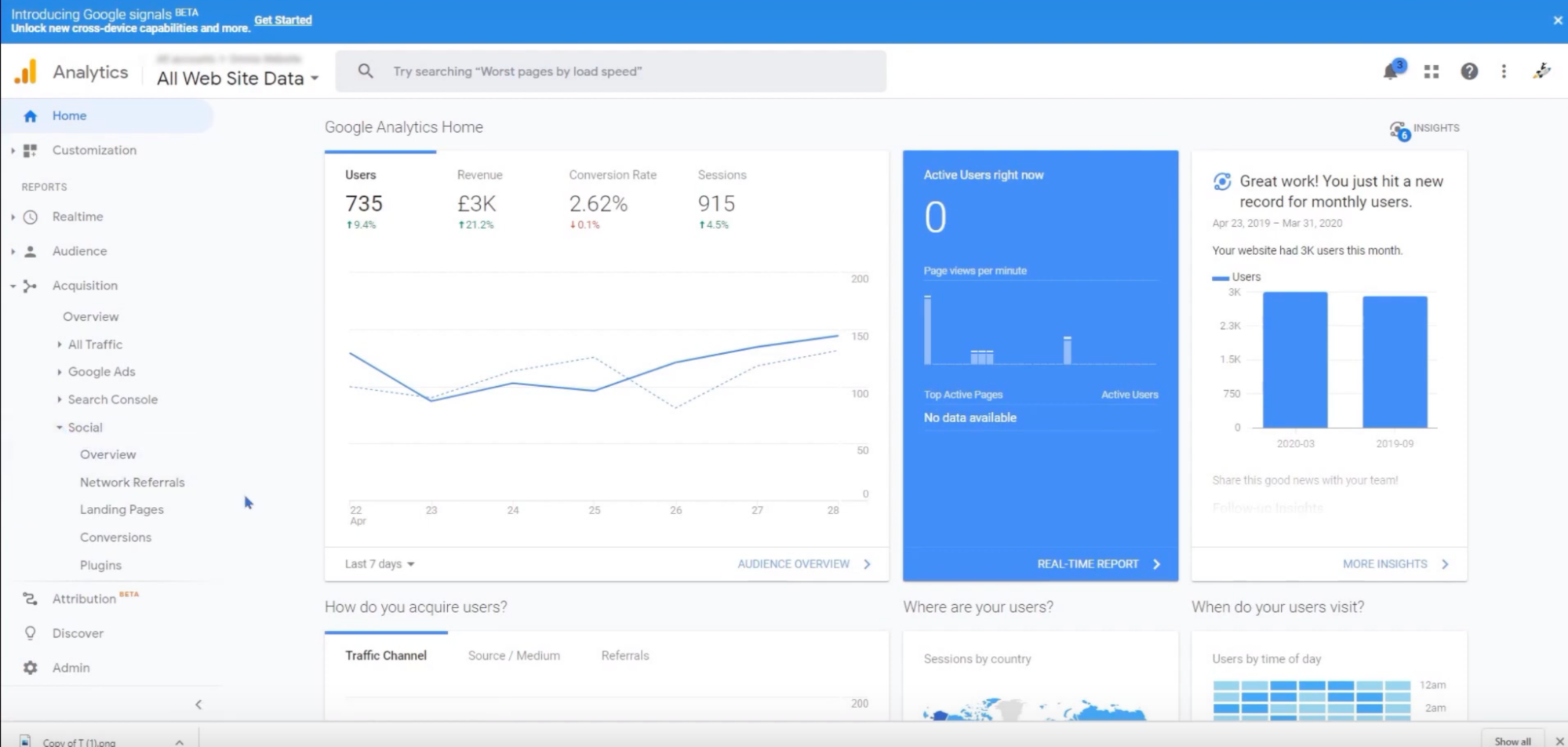 Screenshot from Elevate Digital’s YouTube video
Screenshot from Elevate Digital’s YouTube video
2. The Overview will show you how your social media is performing.
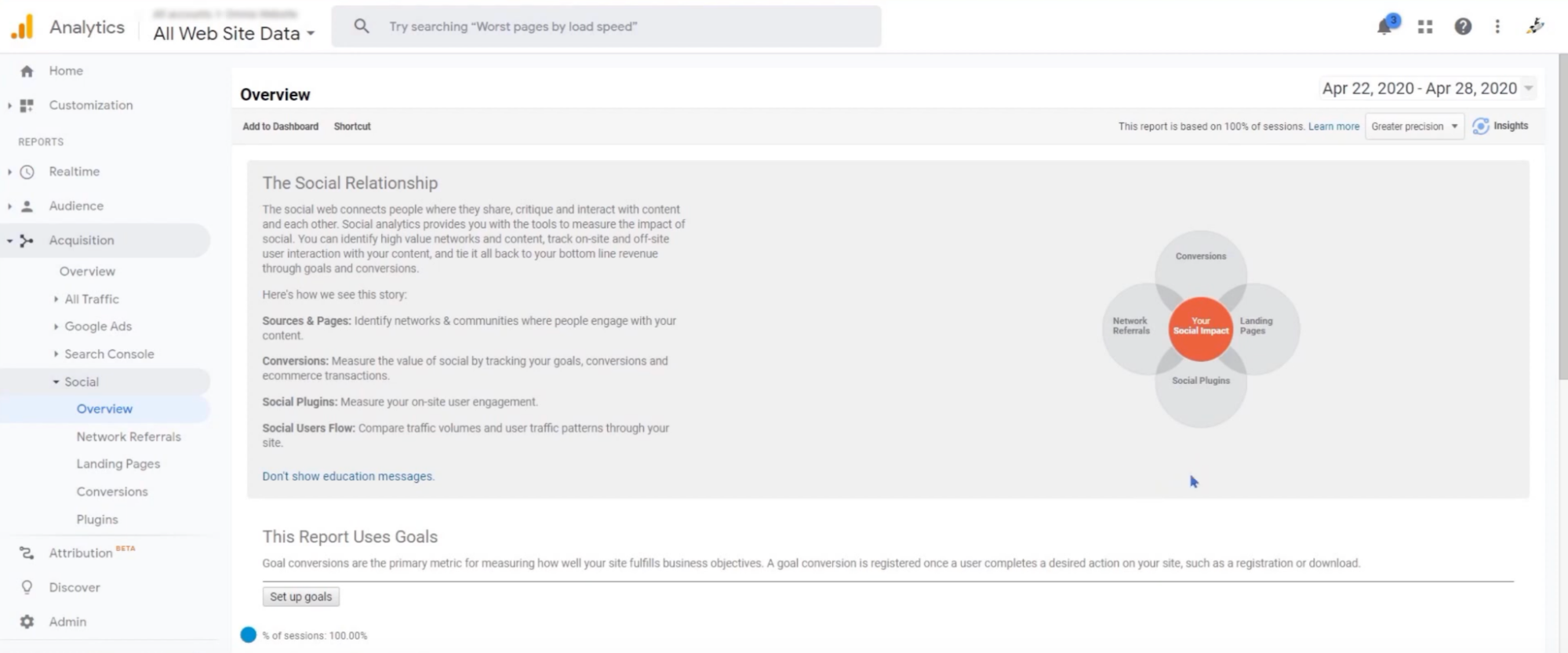 Screenshot from Elevate Digital’s YouTube video
Screenshot from Elevate Digital’s YouTube video
3. You’ll be able to see which social media is driving the most traffic to your website.
 Screenshot from Elevate Digital’s YouTube video
Screenshot from Elevate Digital’s YouTube video
4. You can now go to Conversions. Here you need to set up some goals within Google Analytics to track things like leads. Your goals should be call-to-actions that your customers would do. Examples of reasonable goals for social media marketing include:
- Sign-ups for emails and events;
- Product downloading;
- Purchases;
- Increasing website visits;
- Reach and engagement;
- Growing audience size.
If you are running an e-commerce store, you should be able to see conversions calculated for you automatically.
 Screenshot from Elevate Digital’s YouTube video
Screenshot from Elevate Digital’s YouTube video
5. Now, if you go back to Acquisition, click All Traffic and choose Source/ Medium, you’ll be able to see how much revenue you’ve made from each particular channel. You’ll be able to see the conversion rate of, let’s say, Google organic search and YouTube’s referral in revenue over the past seven days.
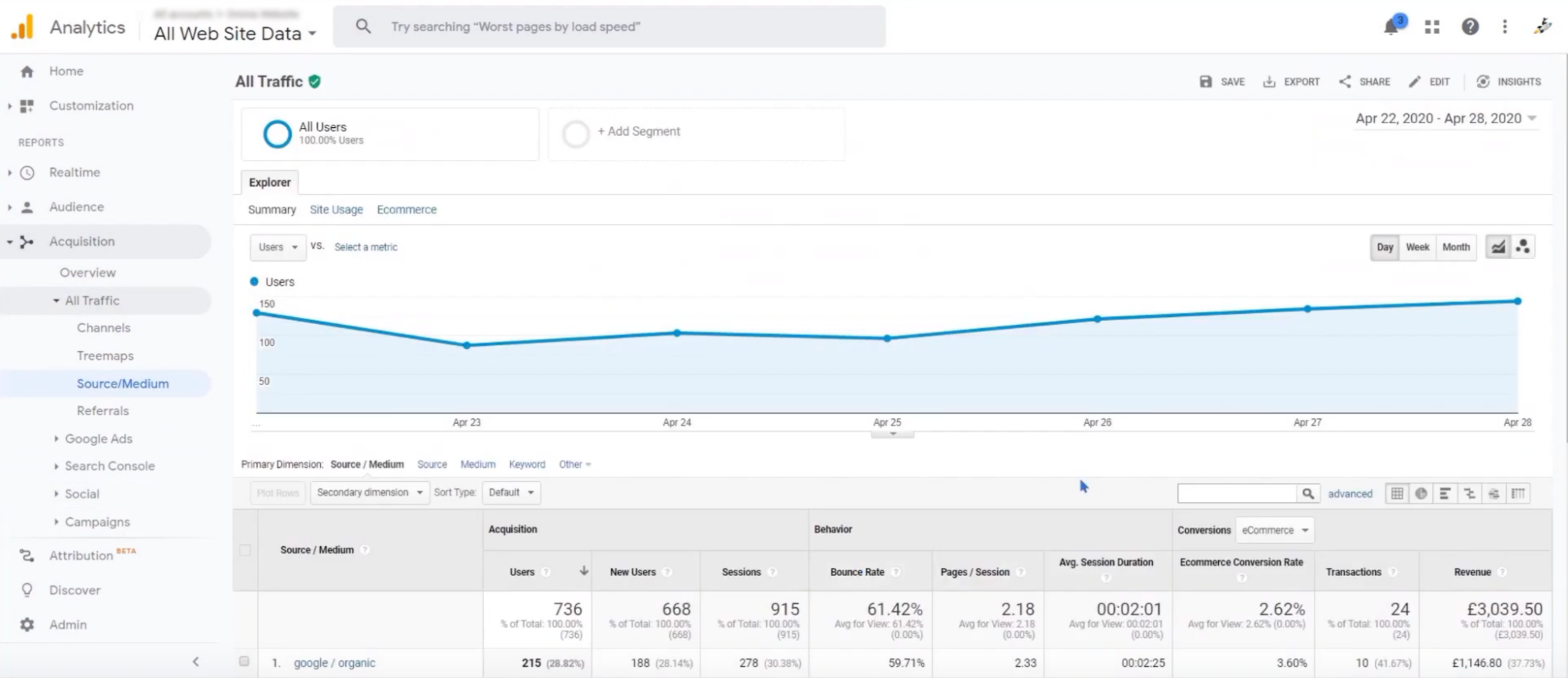 Screenshot from Elevate Digital’s YouTube video
Screenshot from Elevate Digital’s YouTube video
Conclusion
To conclude, it’s fair to say that measuring social media Return Of Investment is not an easy task. However, as discussed in the article above, it’s not impossible. Indicators such as brand awareness, customer loyalty, and engagement rate can be calculated by the tools that any marketer can access, which include observing the growth of the number of followers, likes, and shares. However, you can go to Google Analytics for a deeper analysis. You’ll be able to set some goals and directly see whether those are achieved or not. You can also see the traffic to your website from your social media channels and even how much time people spend on your web pages. If your goals are achieved, and you think it’s worth it even after calculating your spending, you can conclude that you’ve got a positive ROI.

